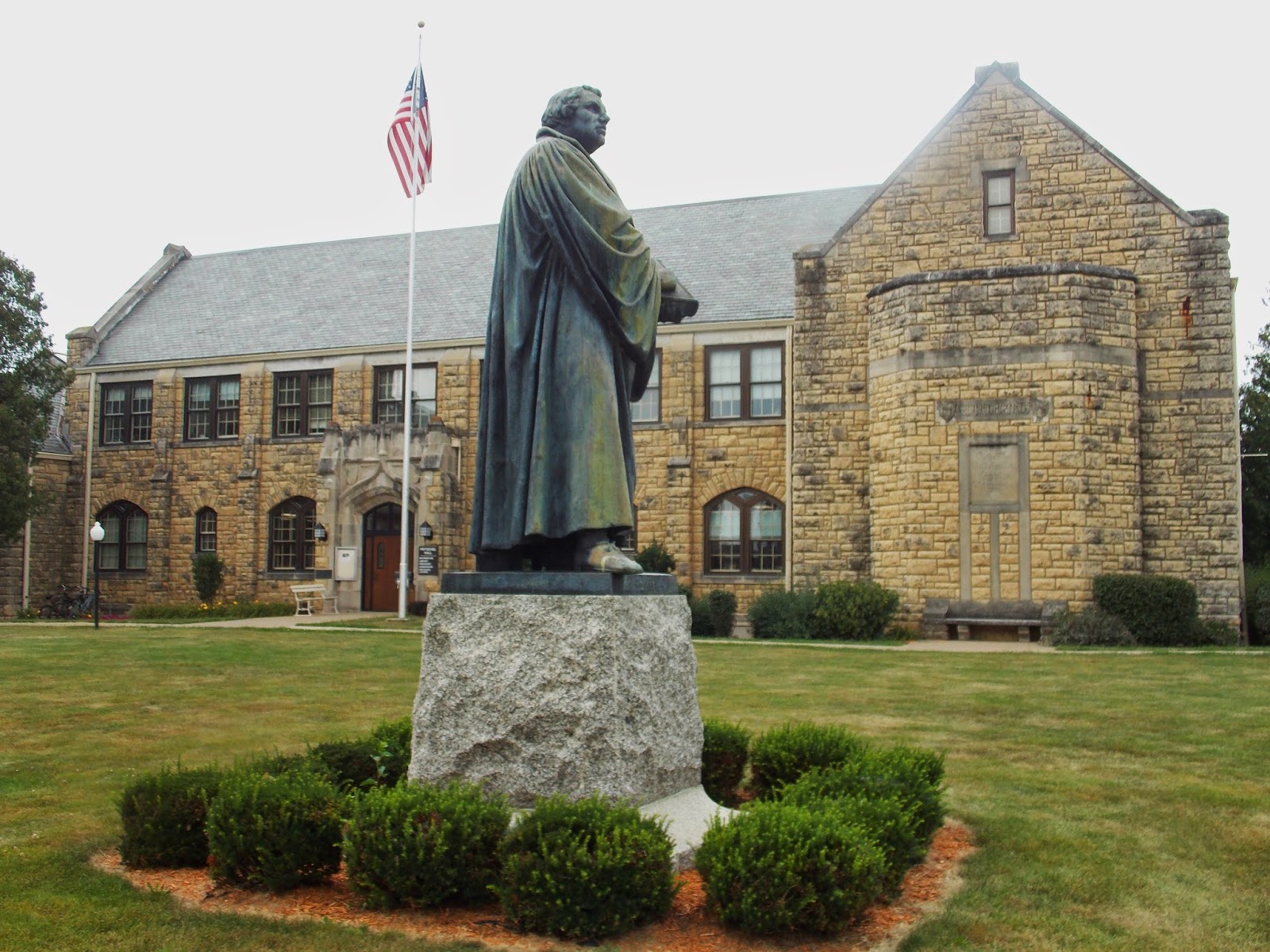Our guide through the village had a lot of information
regarding his heritage to share with us as his mother’s father was
one of the first immigrants arriving here from Switzerland. In the Swiss
Village there are 14 historical
buildings to explore, including a Swiss church, Swiss bee haus, country school,
and a settler’s log cabin, pictured below.
The log cabin was built in the 1850s on a farm northeast of
New Glarus. As families moved in and out
of the home, additional rooms were built until the log cabin was concealed
within a frame house. In 1975 as the
abandoned house was being razed a 14x16 foot cabin was uncovered and donated to
the New Glarus Historical Society.
Pictured above is a typical cheese factory which
is stocked with milk cans, cheese kettles, molds, butter churns, and many
implements used long ago when many farms around New Glarus had their own cheese
factories. Many of the immigrants on the
cheese farms brought with them from the old country knowledge on how to make Emmenthal/Swiss
cheese as well as Limburger. In 1910
Helvetia Milk Company opened in town (known now as Pet Milk). The company paid farmers far more for their
milk than the cheese farmers paid, so many of them closed their factories. In 1962 when Pet Milk left town “staying
Swiss” became a means of economic survival.
Today New Glarus is a tourist town which has been decorated with Swiss- style
architectural motifs to create the feeling of the old country. After touring the historic village John and I
spent some time walking the streets of New Glarus where we saw the town’s cow
parade hanging out around various shops.
They were imported from Switzerland and painted with unique designs by local
artists. Pictured below is Choco the
Brown Swiss cow, the Maple leaf emblem is painted on him and he wears a wreath of maple leaves. He can be found at the Maple Leaf Cheese and
Chocolate Haus. Before leaving town we had a delicious supper of Swiss dishes as sausage, vegetable soup with melted Swiss cheese and German potato salad. One thing I learned is that the German and Swiss culture do have some similarities.















































